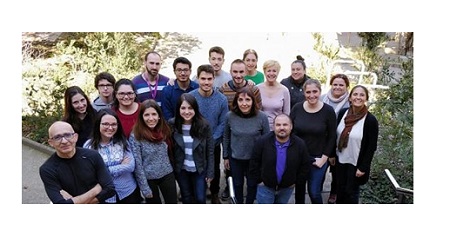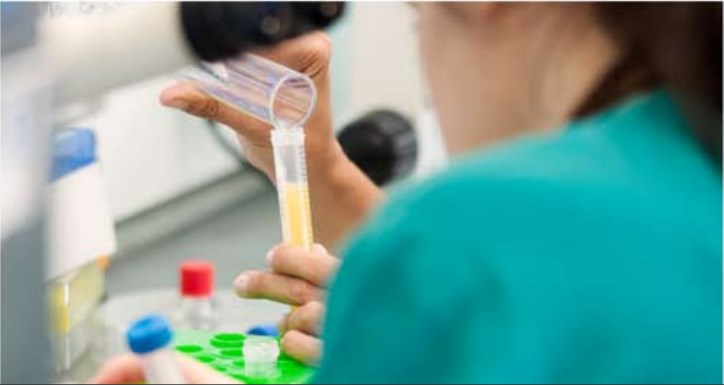Testing medical devices and drugs GLP Compliance
En este vídeo Jose Francisco Guillen Caro, Responsable de garantía de calidad del CCMIJU presents the Jesús Usón Minimum Invasion Surgery Center in Cáceres and, especially, the UMISC units that integrate NANBIOSIS, as well as the services and tests they perform, which are certified as GLP

















